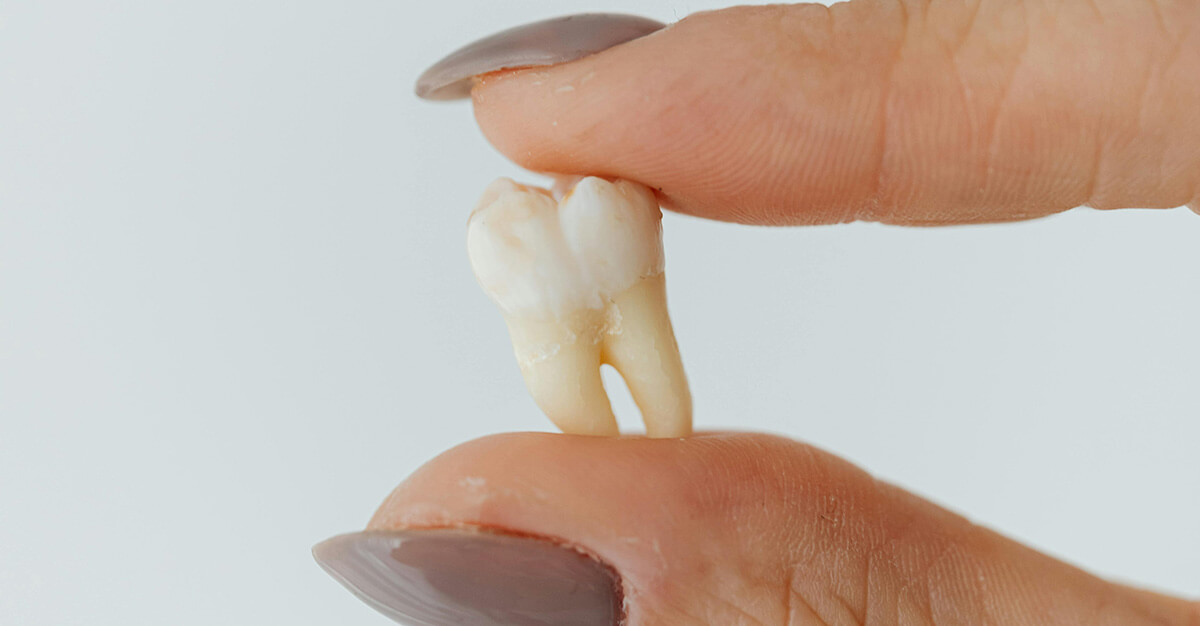Wisdom tooth extraction is a rite of passage for millions each year. Threatening, inconvenient, and painful, the third molars are often removed and discarded. But new research published in Stem Cell Research & Therapy shows these teeth contain valuable stem cells. These cells may help treat brain, heart, and joint diseases.
Each wisdom tooth holds dental pulp, a soft core filled with stem cells. In lab settings, researchers can turn these cells into nerve, bone, or heart tissue. Remarkably, lab-grown neuron-like cells from wisdom teeth can fire electrical signals. This means they may one day replace damaged brain cells.
Roughly 10 million wisdom teeth are removed in the U.S. each year. Most are thrown away, but they may be a hidden medical resource. New findings suggest these cells could be key to future therapies.
How Can Wisdom Tooth Stem Cells Become Functional Neurons?
Researchers found that potassium chloride (KCL) and retinoic acid (RA) support neuron growth. These two ingredients help stem cells develop into nerve-like cells. The team also tested how early exposure to fetal serum affects this process.
They compared different methods for growing stem cells. Cells grown without serum and as floating spheroids responded best. This method created an environment that encouraged nerve development. Cells formed long branches and thin, neuron-like shapes.
To measure success, researchers used several lab tools. These included immunofluorescence, genetic testing, and electrical activity recordings. They looked for neuron markers like DCX, NEUN, and MAP2.
The stem cells showed parts found in real brain cells. These included both excitatory and inhibitory proteins. These proteins help neurons send and receive signals across the brain.
Cells treated with KCl and RA made more sodium and potassium channels. These channels are vital for sending electrical impulses. The neuron-like cells fired signals and returned to baseline, just like real neurons.
How Does Stem Cell Environment Shape Neuron-like Behavior?
The environment affects how stem cells become neuron-like cells. Growing them with fetal bovine serum led to flat, spindle shapes. These cells looked more like fibroblasts, even after neuron treatment. They failed to take on proper neuron structure.
In contrast, serum-free cells grown in floating spheres acted more like neurons. They formed small bodies with long, thin branches. These dendritic shapes better mimic actual nerve cells. Spheroid growth gave stem cells a stronger neural identity.
To qualify as neurons, cells need three features. They must show neuron shape, correct markers, and fire action potentials. FBS-grown cells showed markers but lacked structure and function. Sphere-grown cells had shape but limited electrical activity.
Researchers added RA and KCl to improve neuron traits. RA supports survival and promotes neuron development. KCl raises activity and boosts nerve-like behavior. These treatments helped stem cells act more like real neurons.
Conclusion
Wisdom teeth contain stem cells that may aid brain and body repair. With the right environment and signals, these cells become neuron-like and active. This research shows promise for future therapies using discarded dental tissue.
Have an upcoming trip? Passport Health offers a wide variety of options to help keep you safe from disease, including vaccines. Call or book online to schedule your appointment today.
Logan Hamilton is a health and wellness freelance writer for hire. He’s passionate about crafting crystal-clear, captivating, and credible content that elevates brands and establishes trust. When not writing, Logan can be found hiking, sticking his nose in bizarre books, or playing drums in a local rock band. Find him at loganjameshamilton.com.


 US - English
US - English CA - English
CA - English Rest of World - English
Rest of World - English